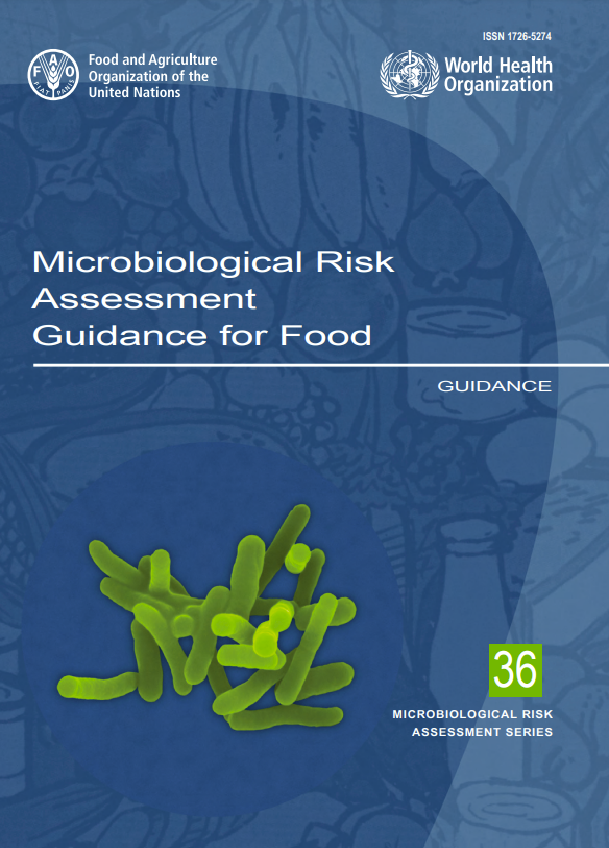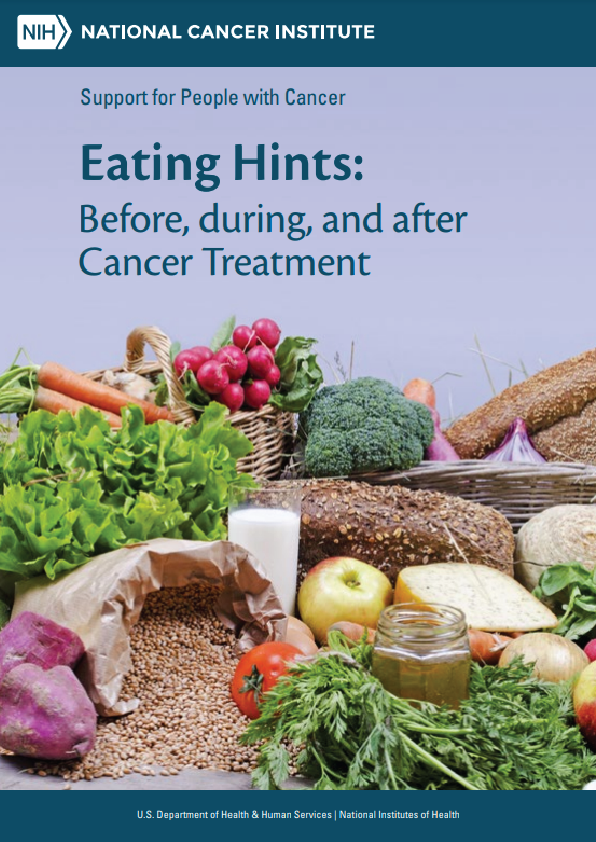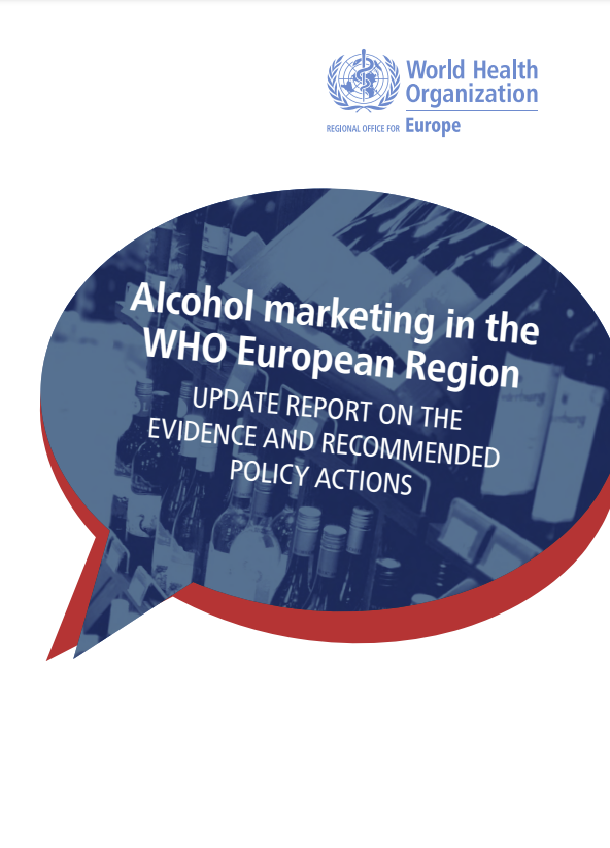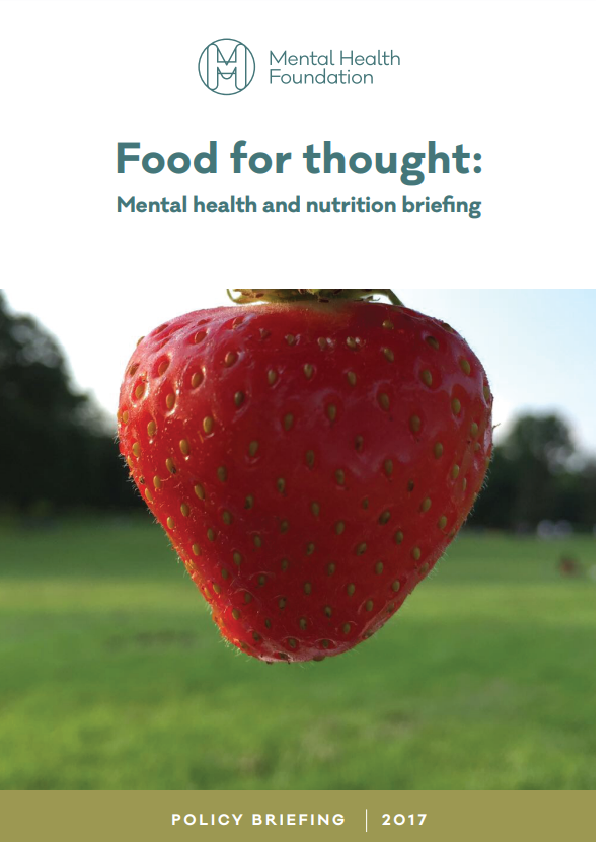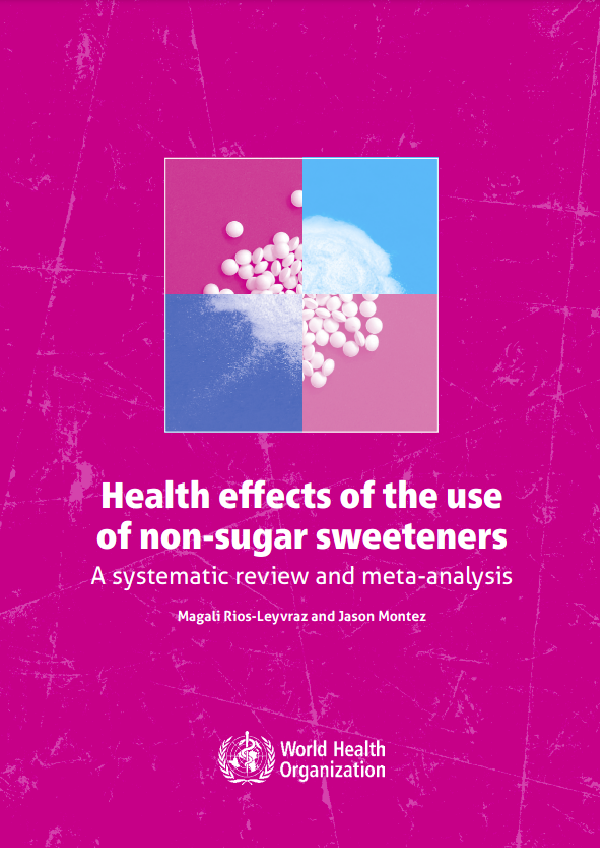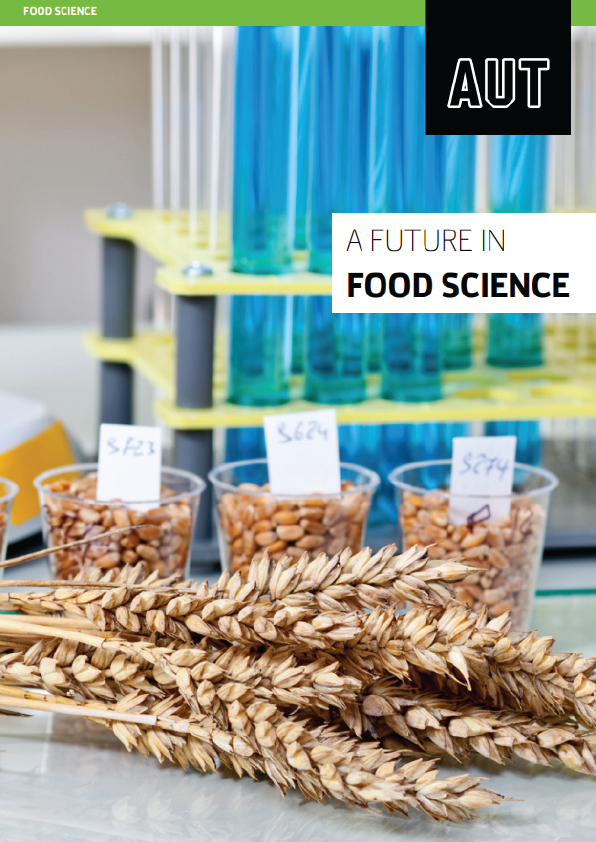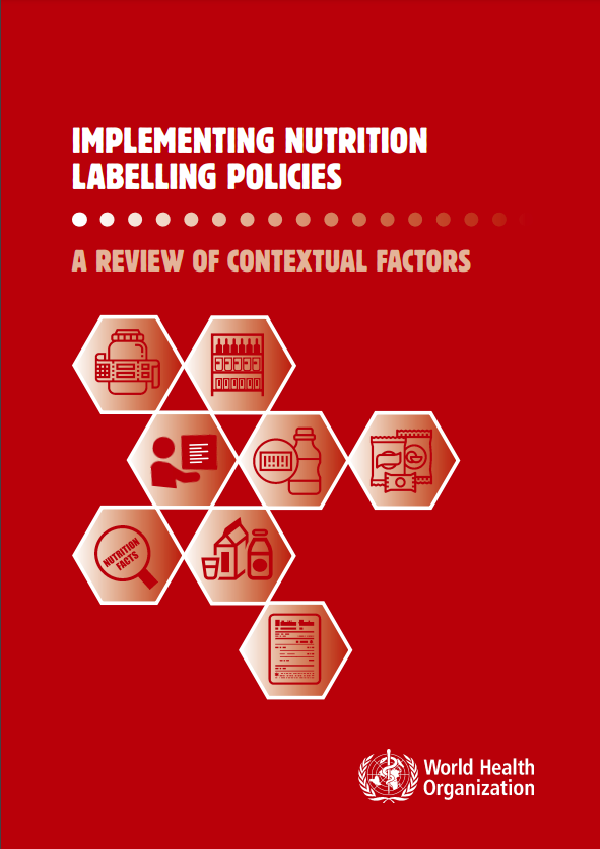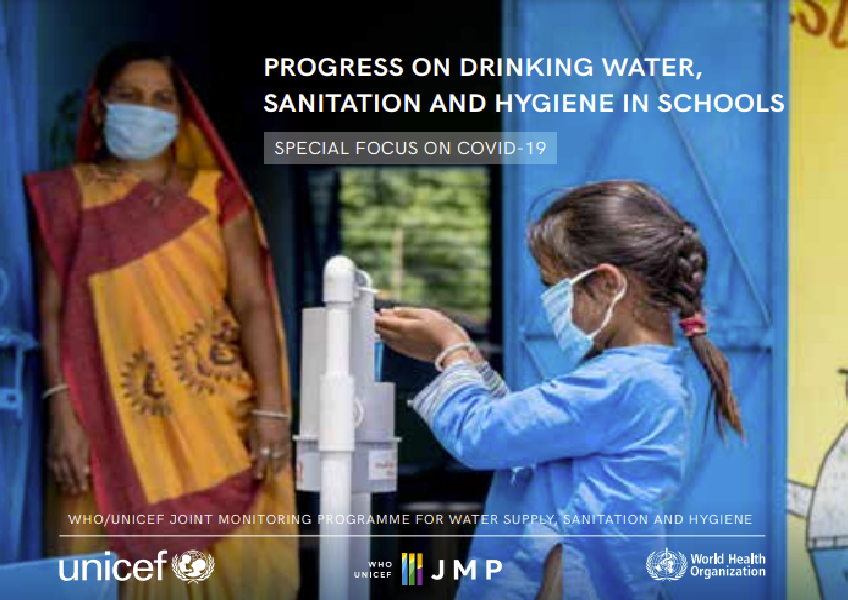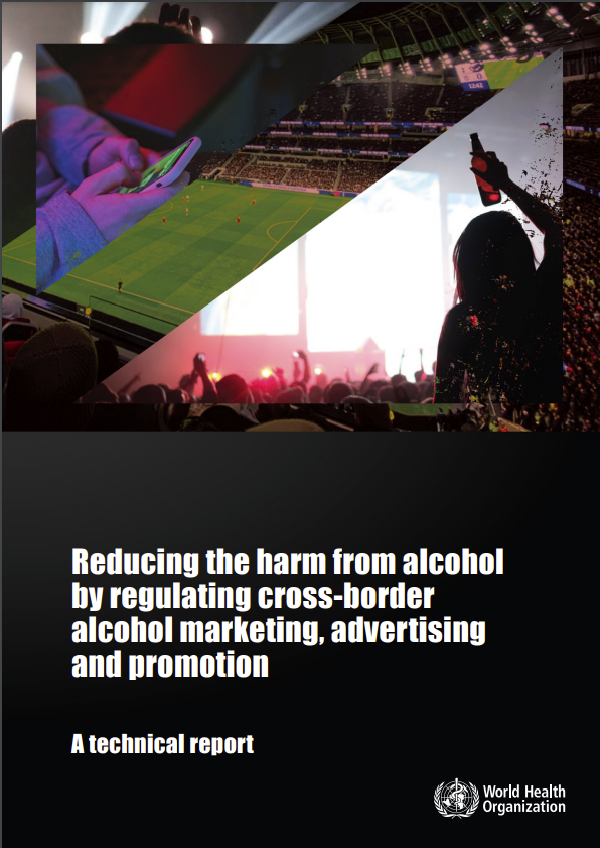Microbiological Risk Assessment Guidance for Food (MRA 36) provides a structured framework for assessing the risk of microbiological hazards in food.
It updates three previous FAO and WHO guidance documents (MRA 3, MRA 7, and MRA 17) and brings them into a single volume, providing an overall umbrella for microbiological risk assessment. In doing so it captures the growth and experience in this field, which continues to evolve in line with science and risk management demands.
The Microbiological Risk Assessment Guidance for Food was developed for the global community of scientists and risk assessors, both experienced and inexperienced in risk assessment, and the risk managers or others responsible for risk decision-making and/or communication so that they can: i) identify the key issues and features of a microbiological risk; ii) recognize the properties of a best-practice risk assessment; iii) avoid some common pitfalls of risk assessment; and iv) perform risk assessments that are responsive to the needs of risk managers.
The General Agreement on Tariffs and Trade (GATT), was established by the United Nations in 1947 as a series of international meetings at which nations would work together to reduce tariffs and other barriers to eliminate unfair and discriminatory practices in international commerce. In relation to food, the overarching principle was that export income from agricultural products was the first step in the economic development of many nations. Completion of the eighth, or ‘Uruguay round’, of GATT negotiations, in 1994, led to the creation of the World Trade Organization (WTO).
Importantly, the rules and disciplines of the WTO Agreements – the Sanitary and Phytosanitary (SPS) and the Technical Barriers to Trade (TBT) Agreements – are designed to minimize the negative effect on trade of food safety measures that cannot objectively be justified. What this means is that scientific data and arguments and conclusions based on them, i.e. ‘science-based’ arguments, are the only basis for restrictions on international trade in foods.
The WTO recommendations specified the need for science-based food safety measures but, when those rules were introduced, there were no established, internationally accepted procedures for science-based assessment of microbiological food safety risks. The development of science-based standards was considered the role of the Codex Alimentarius Commission (CAC). Accordingly, FAO and WHO established the Joint FAO/WHO Expert Meetings on Microbiological Risk Assessment (JEMRA) (FAO, 2021a) – similar to the already well-established Joint FAO/WHO Expert Committee on Food Additives (JECFA) (FAO, 2021b) – to develop the methods and the tools needed to facilitate the WTO ambitions. As part of that process, CAC also developed a set of principles and guidelines for the conduct of microbiological food safety risk assessment (CAC, 1999). FAO and WHO, through JEMRA, launched a program of work in the early 2000s in response to the needs of their member countries and CAC with the objective of providing expert advice on risk assessment of microbiological hazards in foods.
FAO and WHO undertook the development of guidance documents for the hazard characterization (FAO and WHO, 2003), exposure assessment (FAO and WHO, 2008), and risk characterization (FAO and WHO, 2009a) steps of risk assessment. The need for such guidelines was highlighted in the work being undertaken by FAO and WHO on risk assessment of specific commodity-hazard combinations and it was recognized that reliable and consistent estimates of risk in the risk characterization step were critical to risk assessment.
Over the years, since the guidelines were first developed, much experience has been gained in risk assessment. By 2017, FAO and WHO recognized that a single, updated document on risk assessment was needed, including additional guidance on hazard identification. To this end, this present document is intended to provide practical guidance and a structured framework for carrying out each of the four components of a microbiological risk assessment, whether as part of a full risk assessment, as an accompaniment to other evaluations, or as a stand-alone process.
These guidelines are not intended to be prescriptive, nor do they identify preselected compelling options. They provide descriptive guidance on how to conduct a risk assessment, utilizing a variety of tools and techniques. They have been developed in recognition of the fact that reliable estimation of risk, combined with appropriate uncertainty analysis, is critical for transparent and consistent risk management decision making as well as for effective risk communication within the risk analysis framework.
